Pawleys Island History
Pawleys Island, with its four miles of pristine beaches, scenic creek, and laid-back atmosphere, touches the heart and soul of all those who visit. Generations of visitors return again and again to escape the worries of the mainland and experience the true relaxation that ‘Only Pawleys’ can offer. Beyond its natural beauty, the island also harbors intriguing local legends, including ghost stories that add a touch of mystery to its historic charm
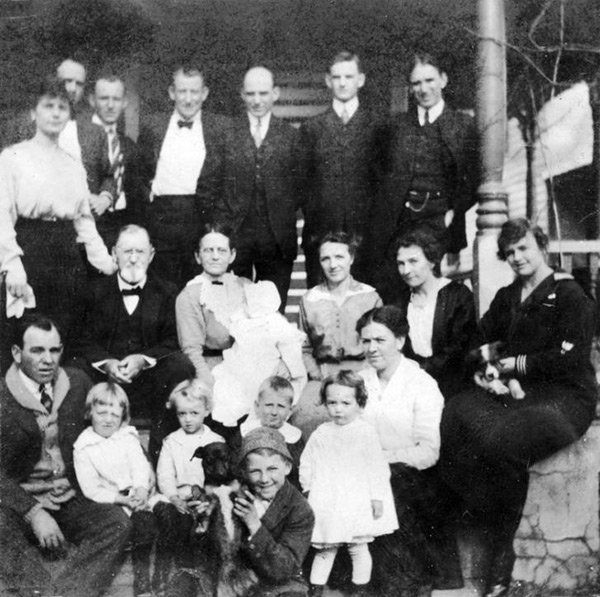
The history of this “blessed isle” goes back to Percival Pawley, the first European settler to develop plantations on the thin strip of land between the Atlantic Ocean and the Waccamaw River, known as the Waccamaw Neck. He received land grants in 1711 of a type that became the norm on the Neck: the land ran from the river to the sea. It’s not certain if Percival had an island getaway. But historians say that the island itself was named for Percival’s sons George, Anthony and Percival Jr. Because of the loss of property records during the Civil War, it’s not certain if any of the Pawleys had a house on the island, but tradition says the historic Pawley House on the island was owned by a family member.
Lee Brockington, a well-known local historian who has co-written several books on the history of Pawleys Island, said the island is famous as one of the nation’s first East Coast seaside resorts. In fact, it was the early economic boon created by plantation owners that led to the first sought-after vacations to the seaside, many times to escape from diseases like malaria.
According to Brockington’s writing in “Pawleys Island: A Century of History and Photographs,” a book she worked on with the Pawleys Island Civic Association, “The stifling hot, humid and unhealthy plantations were the primary reason planters took their families on vacations. A few miles east of the rivers and swamps lay sandy barrier islands buffeted by ocean breezes from May through October. Thus, by the early 1800s, affluent planters and their families established a summer colony on Pawleys Island.”
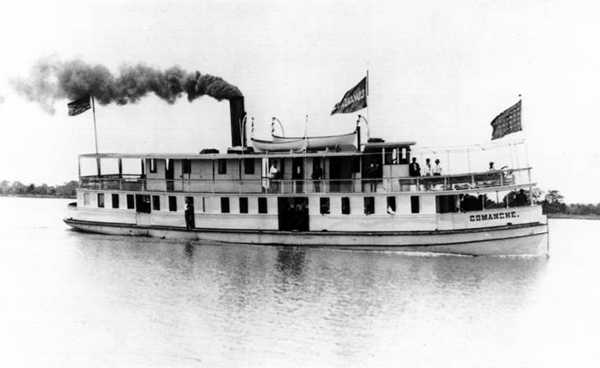
Brockington details the history of these early excursions in another book, “Pawleys Island: Stories from the Porch,” which she co-wrote with Eugene Chase. In this book, she notes that the land north of county seat Georgetown was divided into about 40 plantations by the mid-19th century. Most of the plantations had individual names, but several were shared by an individual owner.
“By 1840, there were no small rice planters, having been bought out by powerful men who bought contiguous lands or subsidiary tracts to the north and south. Rice profits were invested into more land and more slaves,” Brockington wrote.
The wealthiest planter families were the Alstons, Allstons, Tuckers, Wards, Westons, LaBruces, Nesbits and Frasers, the book states. By 1860, these families were responsible for Georgetown County being credited with producing more rice than any other place in the world, except Calcutta, India.
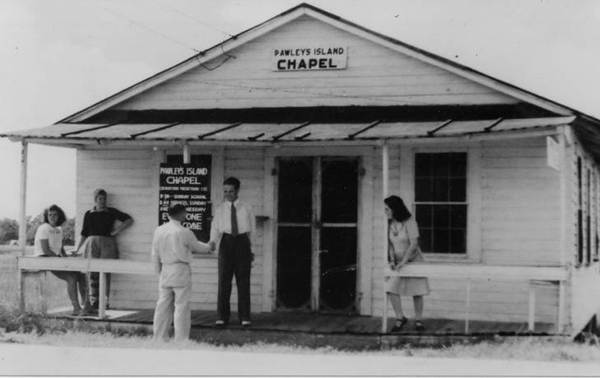
Between 1893 and 1911, Brockington details in her book, significant tracts of plantation land were sold to timber companies and to wealthy Northerners (such as the Huntingtons and the Baruchs) who created hunting preserves. The Atlantic Coast Lumber Co., too, bought and built houses on Pawleys Island in 1900 for use as employee retreats, including the Weston House, now the historic Pelican Inn, which still welcomes visitors today. However, some of the original families held on to their beach houses, passing them along to generations of descendants.
“The first decade of the 20th century brought newcomers and significant change to Pawleys Island. Some of the 11 older houses … were sold to the Lachicottes, the Kaminskis, the Ehrichs and the Atlantic Coast Lumber Co.,” Brockington’s book details.
The Atlantic Coast Lumber Co. also commissioned the steamship Governor Stafford for river crossings to Hagley and Waverly landings and operated a short-lived rail system across the Waccamaw Neck to the island from 1901-1906. Boats later serving as ferries from Georgetown to the Waccamaw Neck included the Comanche, the Cornwallis and the Pelican.
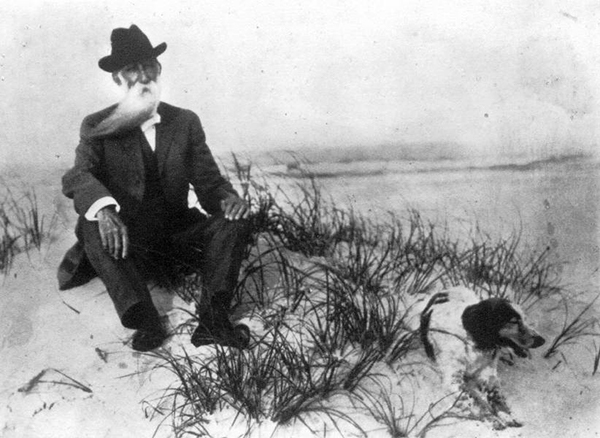
“For the first time,” Brockington wrote, “a strange tribe of newcomers called ‘tourists’ joined the old families enjoying ‘the only beach in the world.’ Pawleys was now public.”
Mary Boyd, director of the Georgetown County Museum, one of five museums found in the City of Georgetown’s historic district, said her husband’s family has been vacationing on Pawleys Island for four generations.
“People from all over the U.S. and beyond come to Pawleys Island, and many of them come at the same time every year,” Boyd said. “I always hear from people who say, ‘I’ve been coming here since I was a child.’”
Several major hurricanes have changed the face of the island, but it still retains the nickname “arrogantly shabby.” In fact, the architectural makeup of Pawleys has not changed much since the 1700s — historic homes are intermingled with more modern homes that have been built much in the same look of homes built long ago. On Pawleys, you will see several signs with a brief history of the antebellum homes, most of which are available for summer rental. Many of these homes are still owned by 3rd, 4th or 5th generations of the same families. In 2012, Liberty Lodge celebrated ownership by one single family for 100 years! The former owner of Liberty Lodge is said to be the inventor of the Pawleys Island Rope Hammock, unchanged and still sold just off the island today. While visiting Pawleys Island take a drive-by of some of our historic homes and learn about their history.

Over the years, a few inns opened to accommodate vacationers, but there was never a large hotel. Today the Sea View Inn, built in 1937, is still operating, as is the Pelican Inn, built in 1858. There is no other commercial business on the island. When property owners heard talk of large chain hotels considering vacant land on the island, they incorporated as a town in 1986 and passed ordinances forbidding commercial establishments. The slogan was “Keep Pawleys as it is,” to not spoil the feel of the island and what makes Pawleys Island so special.
Today, the beach is peaceful and pristine, and renowned for its surf. Within five miles of the island there are a dozen first-rate golf courses and a large tennis complex. Fishing is available both in the surf and from two marsh bridges. On the island are three fine-launch boat ramps. Pawleys is a family beach where you can enjoy crabbing off a crab dock, shelling, biking and canoeing or kayaking.
To note just how important history is to those who love Pawleys, an official South Carolina Historic Marker was erected June 6, 2021, at the Pawleys Island House of Worship, better known simply as the “Pawleys Chapel.” The one-room building was originally the Pentecostal Holiness Church in Georgetown but was dismantled and rebuilt by the Georgetown Laymen’s Association in 1946 on marshland on Pawleys Island donated by Dr. and Mrs. J.H. Porter.
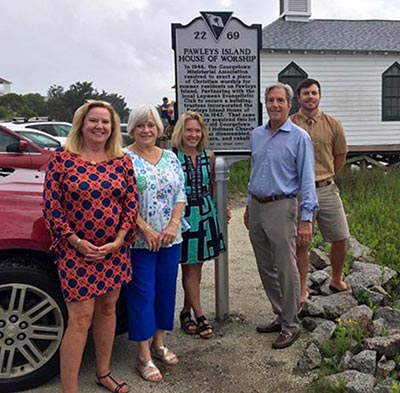
The chapel has survived three major hurricanes: Hazel, Hugo, and Matthew. While there was major damage from Hugo, help from locals and the Pawleys Island Rotary helped finance extensive restorations. It also saw major restorations in 2005, which gave the building a new roof, siding, windows, and central heat and air conditioning. These restorations were followed by a foundation repair that took place in 2018. The Chapel was lifted from its foundation and moved across the street between the North and South causeways to reinforce the foundation.
The Chapel, which can accommodate about 150 people, is the island’s singular house of worship and offers interdenominational services each Sunday at 10 a.m. It is also a beautiful setting for weddings, Christenings, and memorials from September through May.
“For so many people, vacationers and residents alike, the Pawleys Chapel means so much to them,” said Betsy Altman, owner and operator of Pawleys Island Realty, a member of the Pawleys Island Civic Association and a member of Pawleys Island House of Worship. “We really tried to keep it the way it was, the way it was meant to be, and, we hope, the way it will always be.”
Pawleys Island possesses many ties that bind people — history and generations of vacationers, certainly — to this South Carolina seashore hamlet.
While the history of the island goes back three centuries, one important thing hasn’t changed in all that time: relaxation.
The townwide speed limit is just 25 mph, making it as safe as possible for walkers, joggers, bicyclists and golf carts. Night life consists of long conversations on screened porches or strolling the beach. Pawleys is an island of simple virtues and lack of pretense. Always has been. Always will be.